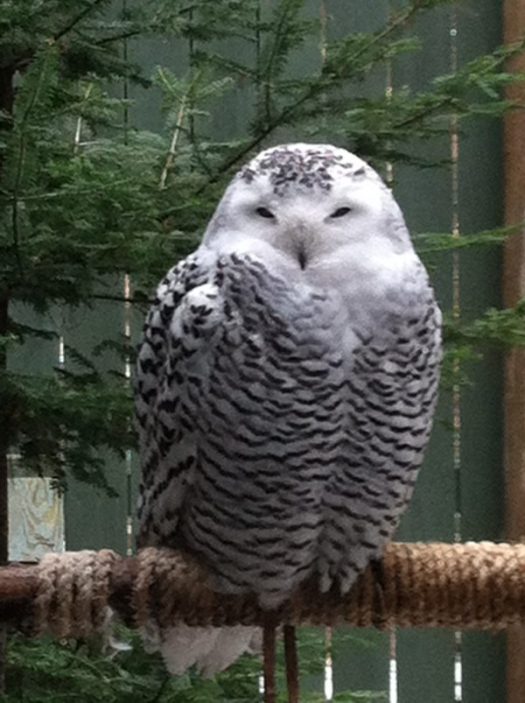The Great Backyard Bird Count (GBBC) runs from Feb 18-22, 2022, which is an unique opportunity to get the family involved in this popular hobby to record bird sightings.

An event that engages bird watchers of all ages in counting birds to create a real-time snapshot of bird populations, the GBBC is a great activity for kids and adults. Participants are asked to count birds for as little as 15 minutes (or as long as they wish) on one or more days of the four-day event and report their sightings online at birdcount.org.
Anyone can take part in the Great Backyard Bird Count, from beginning bird watchers to experts, and you can participate from your backyard, or anywhere in the world. Sounds easy… and no stress? Just count your bird sightings for 15 minutes and you have contributed to the backyard bird statistics that scientist use for their research.

.

Citizen Science is trendy now for good reason. People feel empowered when they can contribute to the data base that scientists from all over the world can use in their studies of bird migrations. And what better research than backyard bird behaviors and numbers? This part of the natural world is very visible and of interest to many people, especially if you are stuck at home with Omicron.

Observe Birds that Visit Your Feeders
We are a nation of “bird feeders”! More than 52 million Americans feed wild birds or other wildlife around their homes according to The Bird Watching Daily. Some statistics: “Two-thirds are women, and nearly 60 percent were between the ages of 45 and 64. On average, participants had been feeding birds for 18 years”. Wanting to bring nature, therapy, education, and beauty to their backyard, many bird feeders are passionate about birds and spend big bucks on this multi-million industry. Suet, nectar feeding, bird feeders, houses, and baths can be added to this list along with the more mundane birdseed.

Another important fact on The Bird Watching Daily: “Participation in the wild-bird-feeding hobby” they write, “may be an excellent catalyst for engagement in greater levels of outdoor recreation and greater stewardship of the natural world.” Amen! We need more outdoor appreciation and engagement of our natural world in this digital age.

How to Count
- Count birds anywhere you want. Inside, observing your bird feeder, or outside on a hike for at least 15 minutes. Keep track of the numbers and species and the time length.
- Make an estimate of how many birds you saw of each species. Flocks of birds are tough, but use your best guess.
- Enter your list online at BirdCount.0rg, after first establishing an account. You can start recording your bird sightings at midnight local time on the first day of the count from anywhere in the world.

- When you enter your information, you will see a list of birds that could be in your area in February. If the bird you see is unusual, there is a checklist of “rare species” that you can use. Compiled by local bird experts, bird lists should be comprehensive. But if you enter a species of an unusual bird, you get a message asking you to confirm the report and another check box will come up.

Ducks count too! All of these unusual sightings go to a volunteer in the area who reviews these reports and who might even contact you to get more details. Adding photos is especially important for unusual species.

Why?
Bird populations are always shifting and changing and in 2014, Snowy Owl sightings spiked in the northeast and mid-Atlantic, which were recorded on the GBBC. Like a bellwether, climate changes such as warming weather also shows up in these bird counts. More southerly birds are migrating further north, or birds are changing their routes, shortening or completely cancelling their journey as a result of changing temperatures.

Some birds, such as winter finches, appear in large numbers during some years but not other species. Scientists can learn from the different patterns exhibited from year to year.

Over 332,000 bird watchers from more than 253 countries participated in the GBBC in 2021, a record, with Colombia the top participant, followed by India and Ecuador. The US came in at number 8! And the state with the most sightings was California. To see the summary of results for 2021, go to GBBC Summary for 2021 and see the top sighted birds. Even if you can’t identify all your birds that you have observed, if you look at these lists and photos, you are sure to spot your birds.
I will be watching the free Webinar on Feb 16 from 2-3PM (ET) for more tips on counting birds and brush up on my bird ID. Go to GBBC to register.
Start counting!




I also attended the Great Backyard Bird Council today by the Cornell Lab of Ornithology. the dates are February 18-21 !! Happy Birding.